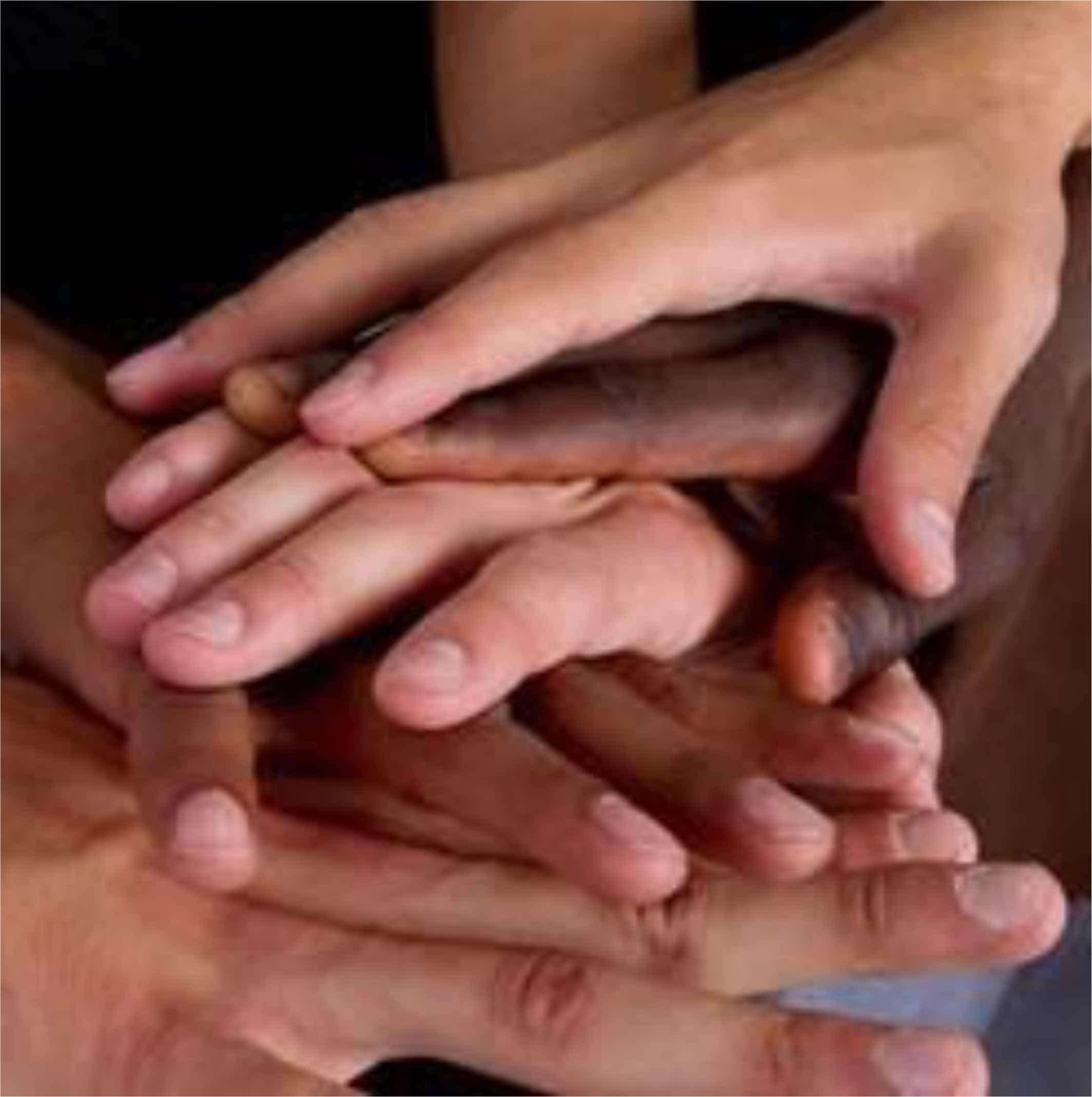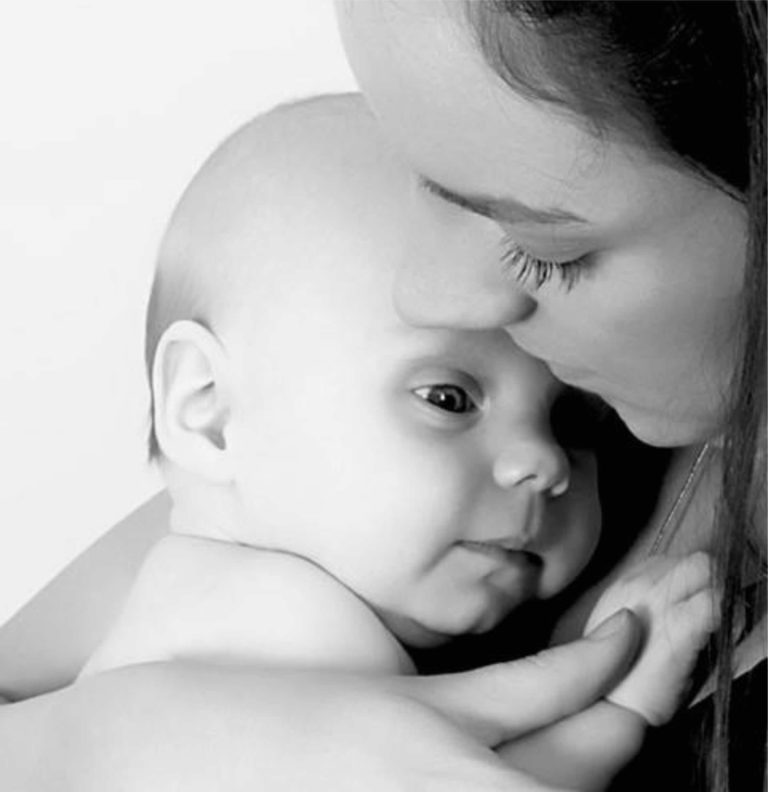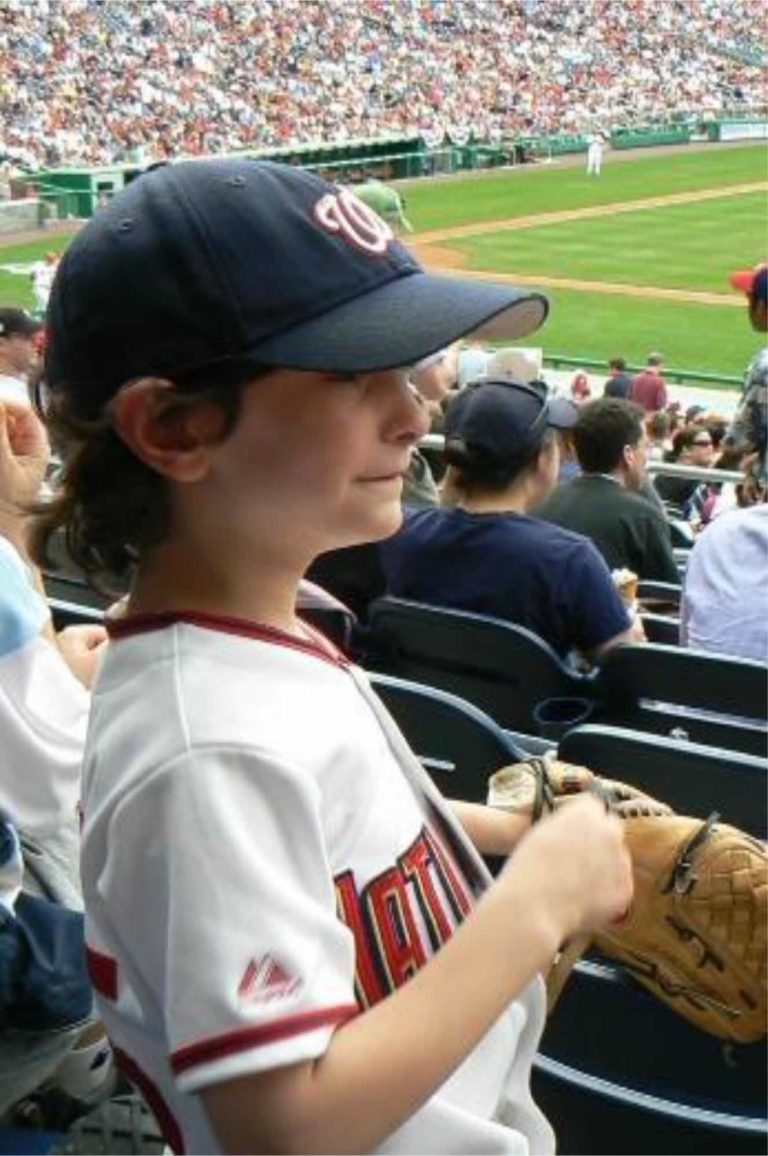Beloved folktales have universal appeal as they enshrine powerful unconscious fears and fantasies from old feelings of dependency and helplessness in childhood. Conflicts linked to feelings of love and hatred towards parental figures- often intensified with divorce or death of a parent- guide the child’s view of stepparents as loving or wicked.
Cinderella, Snow White and Vasilisa the Beautiful introduce us to the character of the wicked stepmother whose evil ways threaten innocent children. To the delight of all, a virtuous, and brave child out-maneuvers the mean stepmother. Vasilisa is sent on a mission to fetch light from a fearsome witch Baba Yaga. At the tale’s end, clever Vasilisa, supported and protected by her magical doll (a gift from her deceased mother) accomplishes impossible feats. At the story’s end, the wicked stepmother and stepsisters are burnt to cinders, Vasilisa marries the Tsar, and they all live “happily ever after.” The Fairy Godmother-a character symbolizing the idealized mother-stands in opposition to the wicked stepmother, vanquishing evil, and restoring goodness.
As step and blended families become more the norm, we need new stories. Stepmothers, and stepfathers do not have magic wands. All family members must mourn losses, navigate insider-outsider roles, build new relationships, and create new family routines and rituals. In mourning losses, anger is gradually acknowledged, and feelings of sadness are tolerated. As good and evil are integrated, and omnipotent fantasies are abandoned, options for change, growth, and intimacy emerge. When important attachments are modified, but preserved, a stepparent can become a loved special parent over time. Current research shows that children in blended families are not de facto more troubled than children of intact families, debunking the myth that a child in a stepfamily is necessarily disadvantaged in life.



